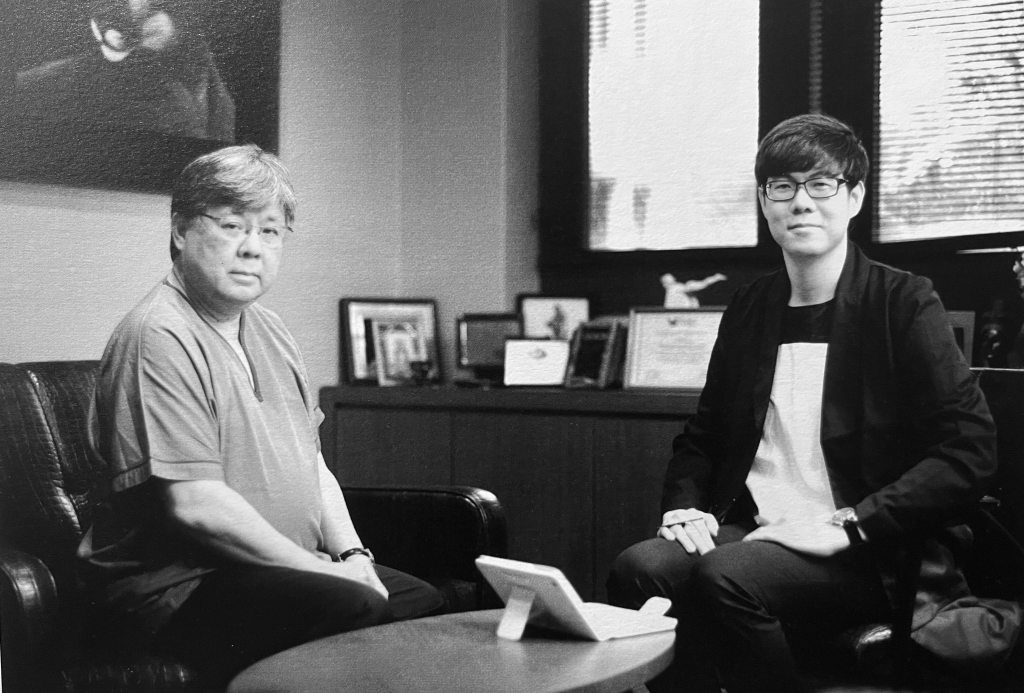Seven months ago, I had the privilege of serving as a Portfolio Mentor at an event organised by the Design Business Chamber Singapore. My intent was simple: to help aspiring creatives find their own purpose and direction in their careers and lives. What unfolded, however, was a series of deeply meaningful conversations—not just about portfolios, but about the challenges, aspirations, and decisions that shape a creative’s journey. In this post, I share the lessons I learned from that experience and offer insights on how you can find your purpose, articulate your unique strengths, and craft a portfolio that tells your story.
The Power of Purpose
When I arrived at the event, I expected to review portfolios and offer feedback on design work. Instead, I found myself engaged in conversations about career paths, opportunities, and the uncertainties that come with being a young creative. Many of the attendees were at a crossroads, seeking validation for recent decisions or guidance on what to do next. This reminded me of a truth I’ve come to believe deeply: purpose is the compass that guides a creative career.
During the event, I shared this advice with the attendees: “Find your soul purpose behind what you do, and naturally, you’ll find your direction and decisions”. Purpose isn’t just about what you do—it’s about why you do it. It’s the driving force that keeps you motivated, helps you navigate challenges, and gives your work meaning. For designers, this might mean asking yourself:
- What problems do I want to solve?
- Who do I want to help through my work?
- What values do I want my designs to reflect?
When you align your work with your purpose, decisions become clearer, and your career gains a sense of direction.
Articulating Your Design Superpower
One of the highlights of the event was a panel discussion moderated by Keith Oh, with mentors Lin Wei, Jieyu Yong, Yulia Saksen, and Debby Yu. The conversation revolved around what makes a creative stand out in a competitive field. A key takeaway was this: people look for passion and character in creatives, more so than skills, because skills can be trained on the job.
This resonated with me because it speaks to the idea of a “design superpower”—the unique combination of strengths, perspectives, and passions that sets you apart. For example:
- Are you exceptional at simplifying complex problems?
- Do you have a knack for creating emotionally resonant experiences?
- Are you a bridge between disciplines, blending design with technology, business, or psychology?
Identifying and articulating your superpower is crucial because it helps you define your value and communicate it to others. During the event, I encouraged attendees to reflect on their strengths and passions, and to think about how they could frame these as their unique contribution to the design world.
Crafting a Compelling Portfolio Narrative
While I didn’t get to review many portfolios during the event, the conversations reminded me of the importance of storytelling when showcasing work. A portfolio isn’t just a collection of projects—it’s a narrative of your journey as a designer or creative. I offer some tips here for crafting a portfolio that tells your story:
- Start with the problem
Every project has a “why”. What problem were you trying to solve? Why did it matter? By framing your work around the problem, you give context and meaning to your solutions. - Show your process
Design is as much about the journey as it is about the outcome. Include sketches, iterations, and even failures to show how you think and work through challenges. - Use visuals to support your story
Visuals like prototypes should enhance your narrative. Use them to illustrate key insights or moments in your process. - Tailor your portfolio to your audience
Whether you’re presenting to an employer, client, or peer, in-person or digitally, or sending over your portfolio, think about what they care about and how you can make your story relevant to them.
Even if you’re just starting out, your portfolio can still tell a compelling story. Focus on the lessons you’ve learned, the skills you’ve developed, and the impact you hope to make in the future.
For Aspiring Designers
If you’re an aspiring designer or creative, I encourage you to take a moment to reflect on your own journey:
- What is your purpose?
- What is your design superpower?
- How can you tell your story through your portfolio?
These questions aren’t always easy to answer, but they’re worth exploring, because at the end of the day, you’ll find that everything becomes much clearer—and your work will be all the more strategic and meaningful.
It also reinforced my belief in the power of interdisciplinary thinking. Many of the attendees came from diverse backgrounds—urban studies, UX design, business development, education—and their questions reflected the interconnectedness of design with other fields. This is something I value in my own journey. Design isn’t confined to a single discipline; it’s a way of thinking that can be applied to almost any challenge.
